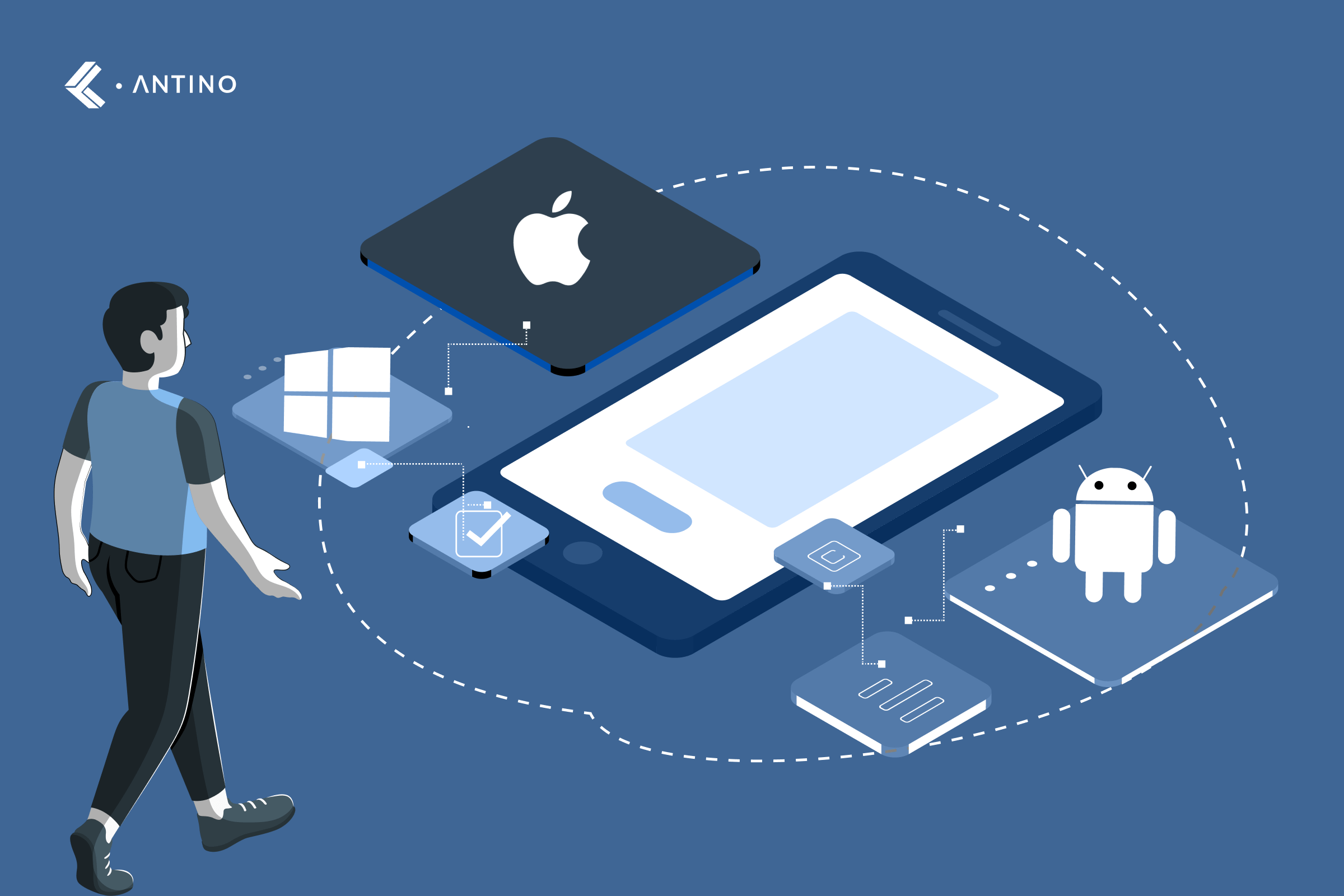In today’s digital age, cross-platform development has become a significant trend among developers. Cross-platform development refers to creating software applications that are compatible with multiple operating systems. Two of the most prominent cross-platform frameworks are React Native and Flutter. In this comprehensive guide, we will explore the benefits of these two cross-platform frameworks and how they can revolutionize the app development process.
Introduction to Cross-Platform Development
Cross-platform development enables developers to create applications that run smoothly on various operating systems like iOS, Android, and Windows. This approach offers numerous advantages, including reduced development time, cost savings, and a wider audience reach. By using cross-platform frameworks, businesses can ensure that their applications are accessible to a broader user base without the need to develop separate versions for each platform.
Overview of React Native
What is React Native?
React Native is a popular cross-platform framework developed by Facebook. It allows developers to build mobile applications using JavaScript and React, a widely-used JavaScript library for building user interfaces. React Native enables the creation of natively rendered mobile apps for both iOS and Android from a single codebase.
Benefits of React Native
1. Code Reusability
One of the most significant benefits of React Native is code reusability. Developers can write a single codebase and deploy it across multiple platforms. This reduces development time and effort, allowing for faster time-to-market and consistent user experiences across different operating systems.
2. Strong Community Support
React Native boasts a robust community of developers who contribute to its continuous improvement. This active community provides extensive libraries, plugins, and tools that enhance development efficiency and offer solutions to common challenges.
3. Hot Reloading
React Native’s hot reloading feature allows developers to see the changes they make in real-time without restarting the entire application. This speeds up the development process and makes debugging more efficient, leading to a smoother development experience.
4. Native Performance
React Native enables developers to create applications that deliver near-native performance. By utilizing native components, React Native ensures that the app’s user interface is highly responsive and provides a seamless experience similar to that of a fully native app.
Overview of Flutter
What is Flutter?
Flutter is a cross-platform framework developed by Google. It uses the Dart programming language and provides a rich set of pre-designed widgets to create visually appealing and high-performance applications. Flutter allows developers to build natively compiled applications for mobile, web, and desktop from a single codebase.
Benefits of Flutter
1. Single Codebase for Multiple Platforms
Like React Native, Flutter allows developers to write a single codebase that works across multiple platforms. This simplifies the development process and ensures consistent user experiences, reducing the need for separate development efforts for different operating systems.
2. Rich and Customizable UI
Flutter’s widget-based architecture allows developers to create highly customizable and visually stunning user interfaces. The extensive library of pre-designed widgets and the flexibility to create custom widgets make it easier to achieve the desired look and feel for the application.
3. Fast Development and Iteration
Flutter’s hot reload feature enables developers to see changes in real-time, making the development process faster and more efficient. This feature significantly reduces the time spent on debugging and testing, allowing developers to iterate quickly and deliver high-quality applications.
4. High Performance
Flutter provides high-performance applications by directly compiling to native code. This ensures that the apps run smoothly and efficiently, offering a native-like experience to users. The framework’s architecture minimizes the need for a JavaScript bridge, resulting in faster app startup times and better overall performance.
Comparing React Native and Flutter
Development Environment
React Native relies on JavaScript, making it a suitable choice for developers familiar with this widely-used programming language. On the other hand, Flutter uses Dart, which may require developers to learn a new language but offers a robust and efficient development experience.
Community and Ecosystem
React Native has a larger and more mature community compared to Flutter, given its longer presence in the market. This translates to more available resources, third-party libraries, and plugins. However, Flutter’s community is rapidly growing, and its ecosystem is expanding with new tools and libraries.
Performance
Both React Native and Flutter offer excellent performance, but Flutter has a slight edge due to its direct compilation to native code. This results in faster app startup times and smoother animations. React Native’s performance is still commendable, especially with the use of native modules for critical functionalities.
UI Design and Customization
Flutter’s widget-based architecture provides greater flexibility and control over the user interface, making it easier to create complex and visually appealing designs. React Native also offers customization options but may require more effort to achieve the same level of UI richness as Flutter.
Conclusion
Choosing between React Native and Flutter depends on various factors such as the development team’s expertise, project requirements, and desired user experience. Both frameworks offer significant benefits, including code reusability, fast development, and high performance. React Native’s strong community support and familiar JavaScript environment make it an excellent choice for many developers, while Flutter’s rich UI capabilities and native performance appeal to those seeking highly customizable and visually stunning applications.
In summary, both React Native and Flutter are powerful cross-platform frameworks that can significantly enhance the app development process. By leveraging their unique advantages, businesses can create high-quality applications that reach a broader audience and provide seamless user experiences across multiple platforms.
